
Jaw-dropping interiors have a way of looking effortless. Surely they’re the result of intuition and talent. Right? In part, it can be true, but interior design relies on a world more than whims and good fortune. In fact, beautiful spaces are the result of the interworking of basic interior design principles, rules, and elements. Read on as we delve into the secret ingredients that makes spaces come alive!
Elements and Principles of Interior Design
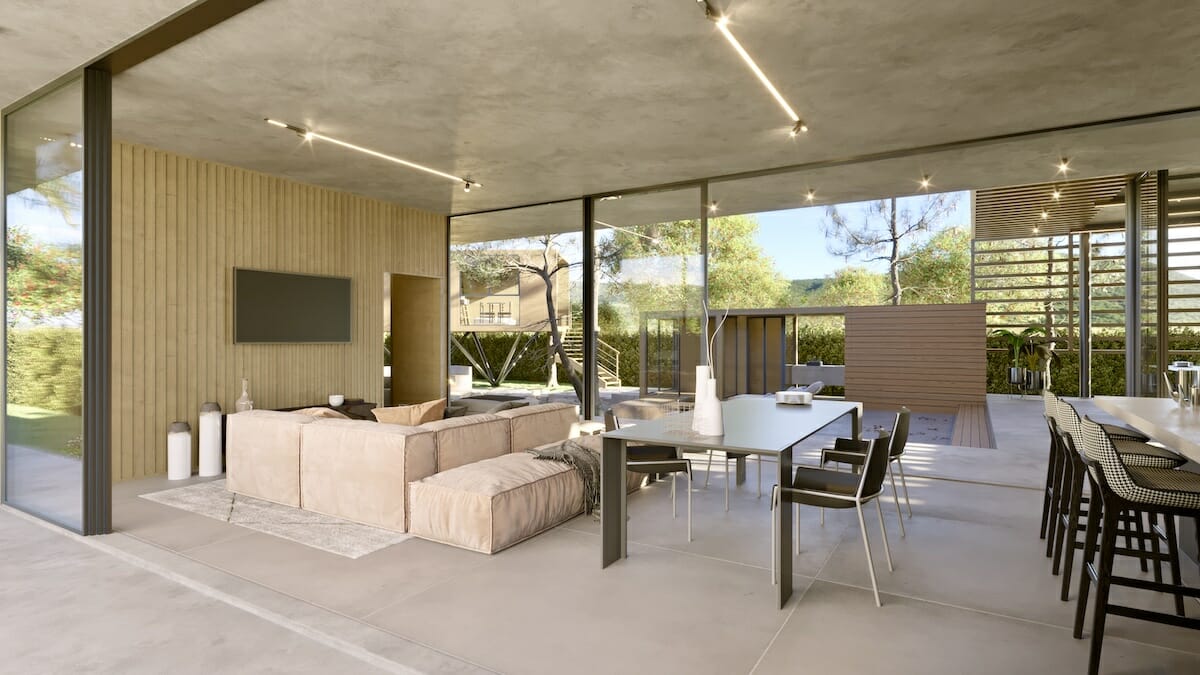
A great idea is a sound starting point for a beautiful space. However, it’s the elements and principles of interior design that bring it together. Similarly, a good eye goes far, but harmony in interior design makes a house feel like home.
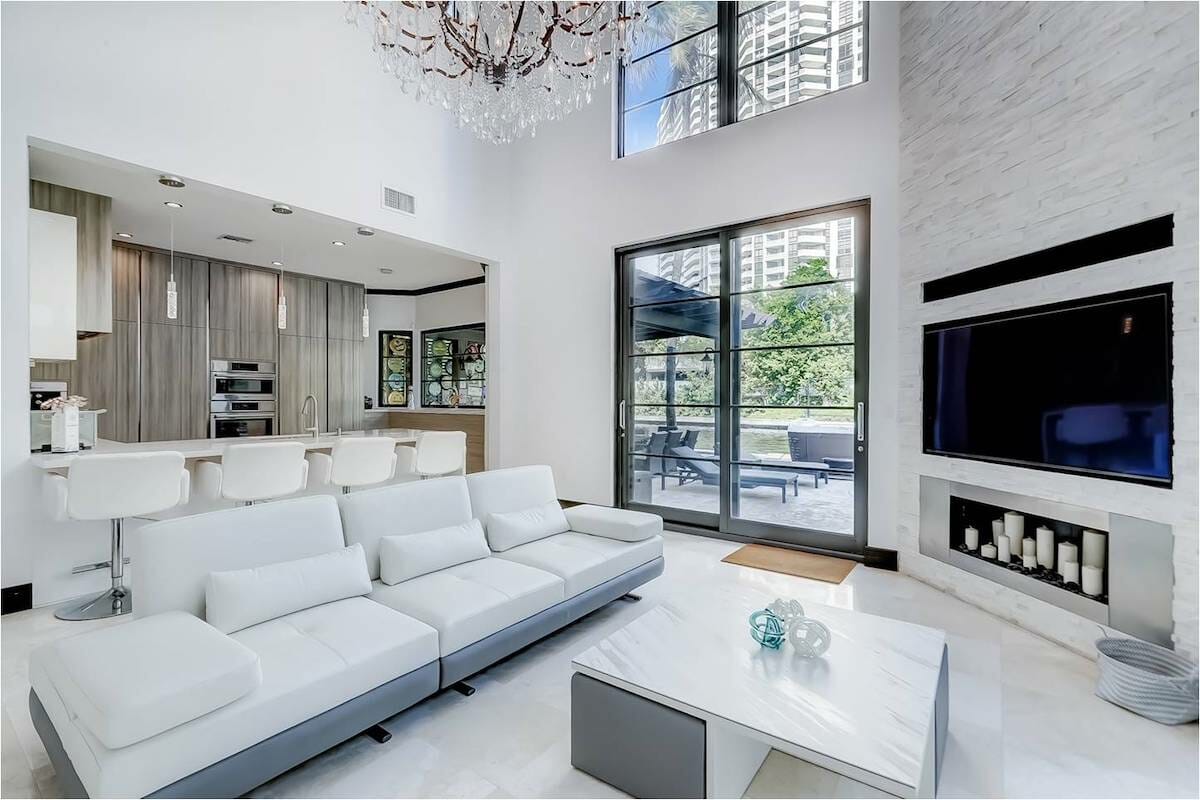
One of the first things students learn in interior design schools is that design foundations matter. They are the building blocks and tools behind a successfully constructed environment. Design elements serve as the most basic building blocks, while interior design principles form the tools.
Need help mastering the principles of interior design in your home? Then, schedule your Free Interior Design Consultation to get started with an expert today!
The Basic Interior Design Elements
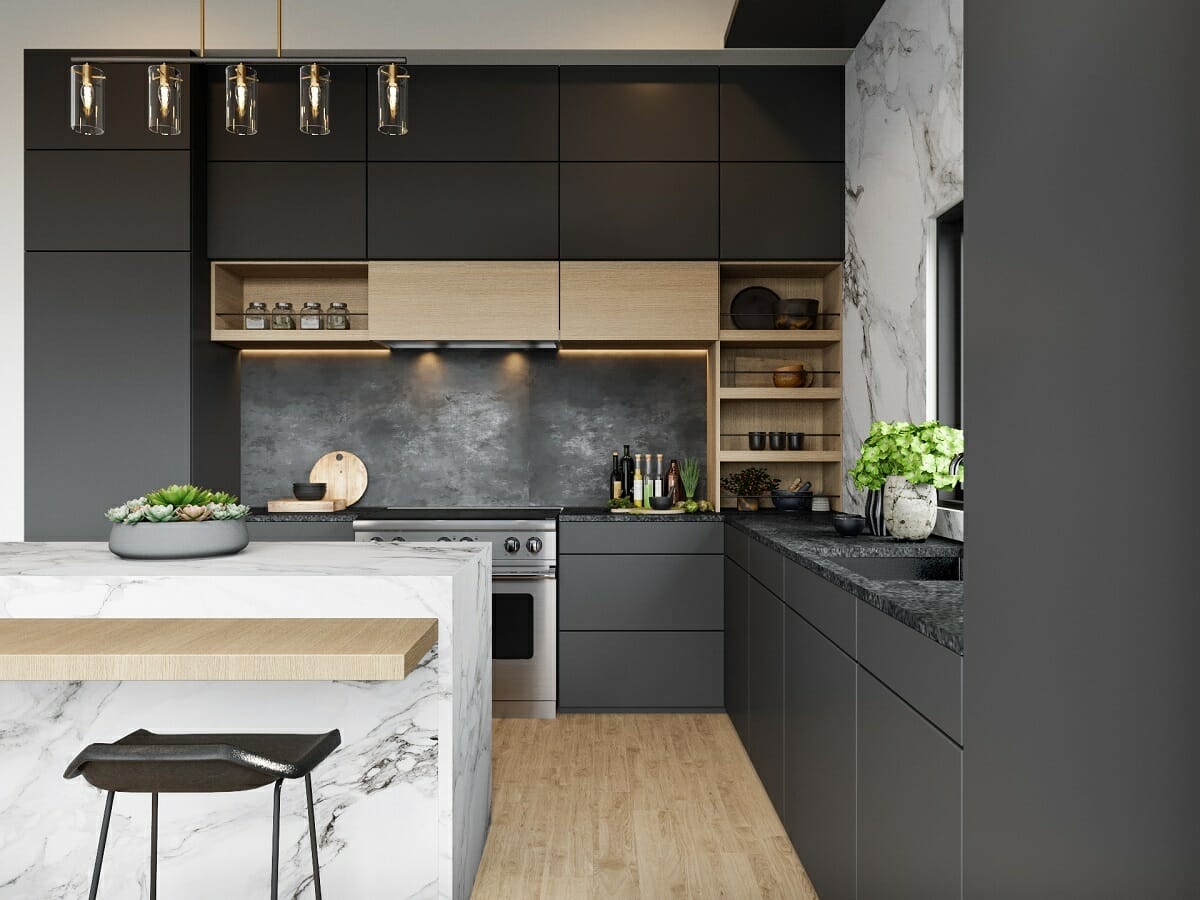
- Space refers to the volume and area within a room or structure’s boundary. This inner dimension includes the space’s width and height.
- Line can be vertical, horizontal, diagonal, or curved. Lines in furniture, décor, and architectural details add a feeling of direction.
- Light is natural or artificial, and a designer needs to use both to create a functional and pleasant environment.
- Shape is the 2D or 3D form of an object or design. With the help of light, designers can change the perception of an object’s shape and size.
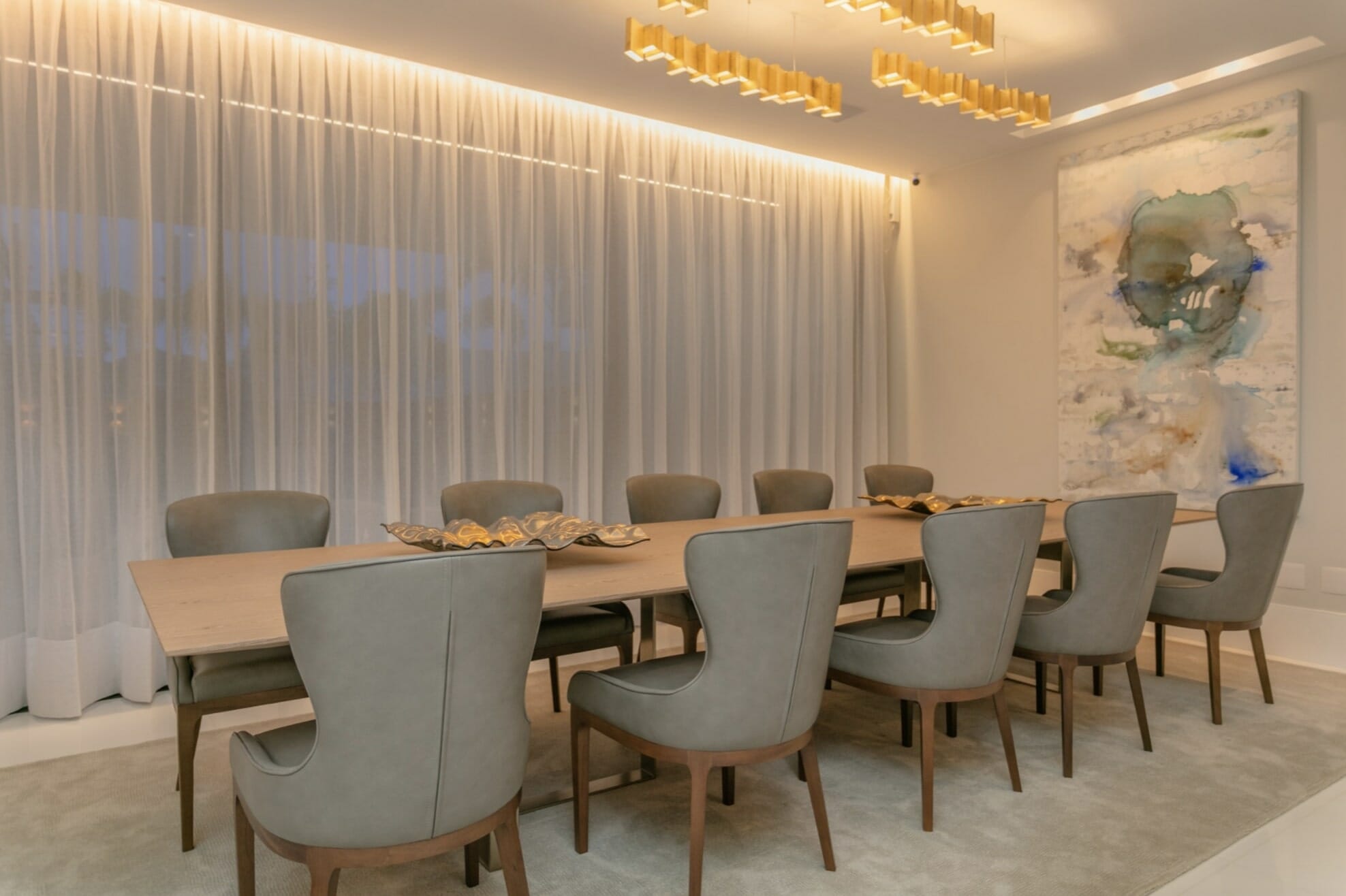
- Texture relates to our tactile sense. Anything we can touch has a texture, whether smooth or rough. Different textures impact the look and feel of an interior as well as its acoustics.
- Pattern refers to graphics or motifs that can add visual texture to a design.
- Color can change an object’s perceived shape and size. It can also alter the mood and air of an interior. In fact, colors make the interior design world go round.
Core Interior Design Principles
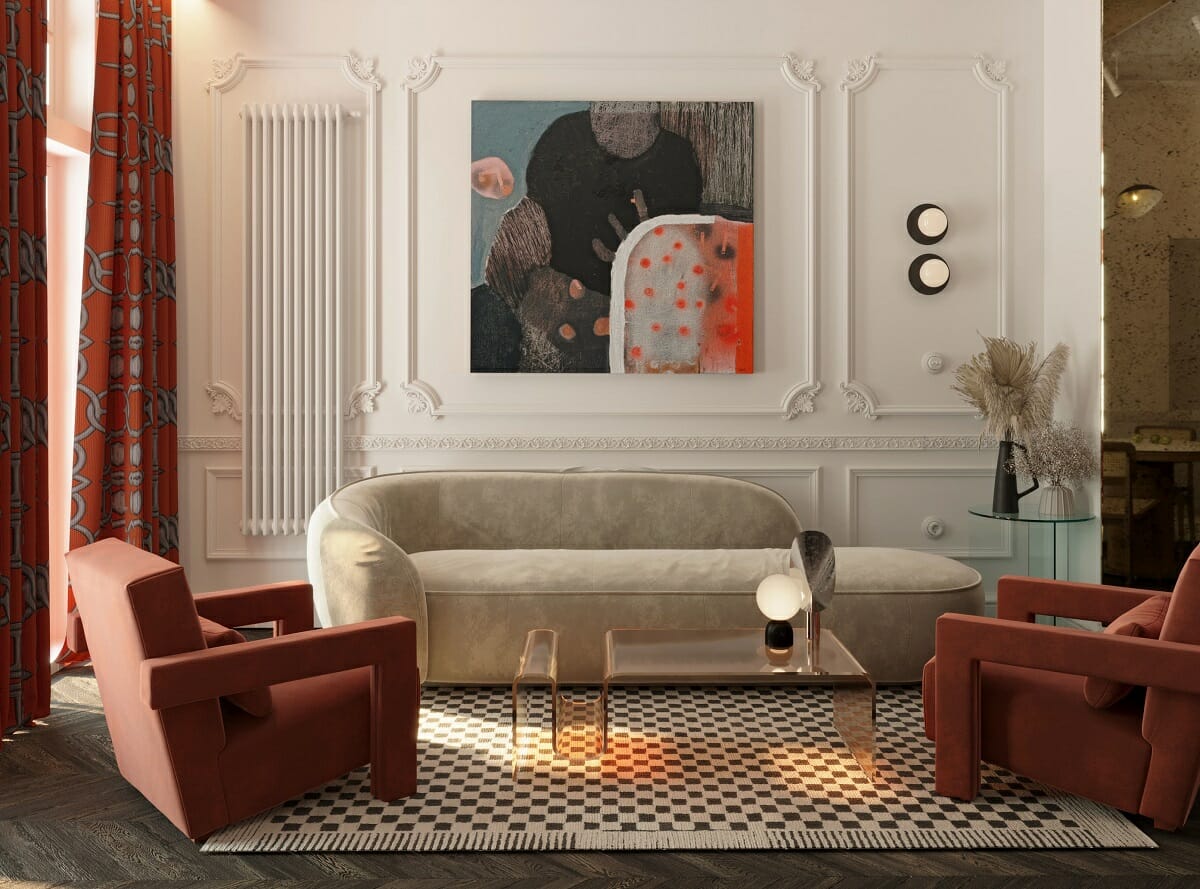
If you’ve ever wondered, ‘what is interior design?’ you’re not alone. Simply put, it’s the science and art of crafting breathtaking and functional environments. It’s true: creating beautiful spaces takes study and practice. That said, you’re one step closer once you know the most basic interior design rules.
1. Balance
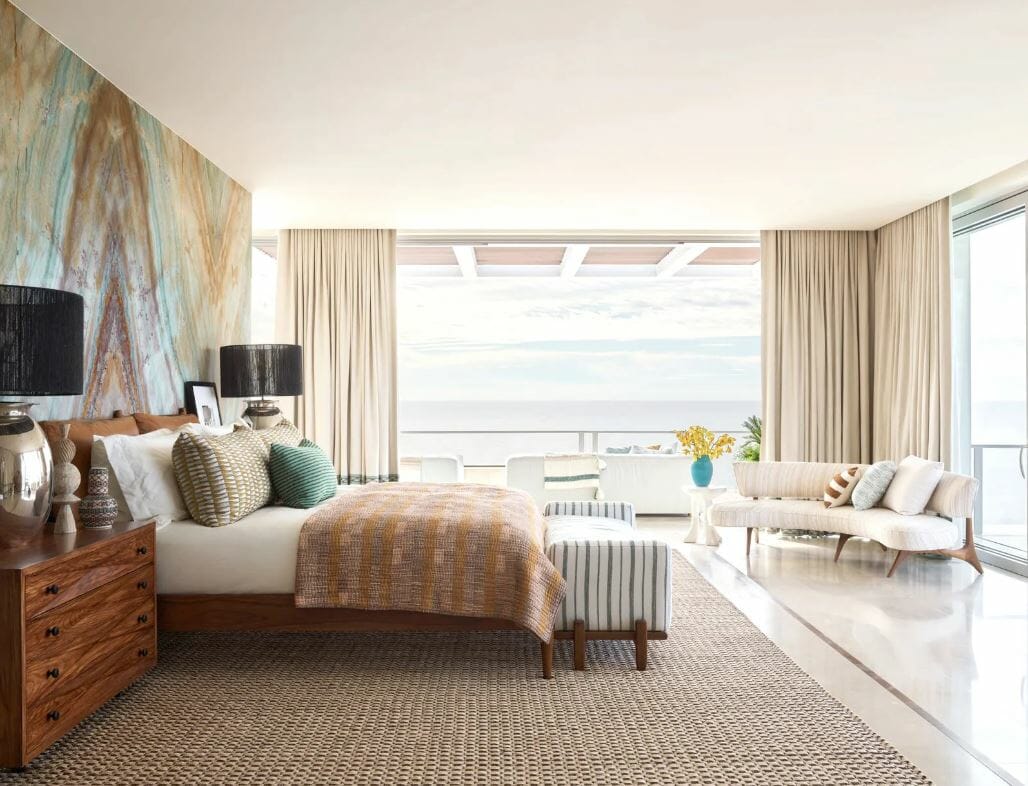
The balance of an interior is easy to pick up. When it’s there, it feels good to be in the space. When it’s not, it feels uncomfortable. On the whole, it comes down to the arrangement of objects within an interior – or exterior.
Balance also relies on all the other principles of interior design – from proportion to texture and color. That said, designers can achieve different types of balance using the design elements.
Symmetrical Balance
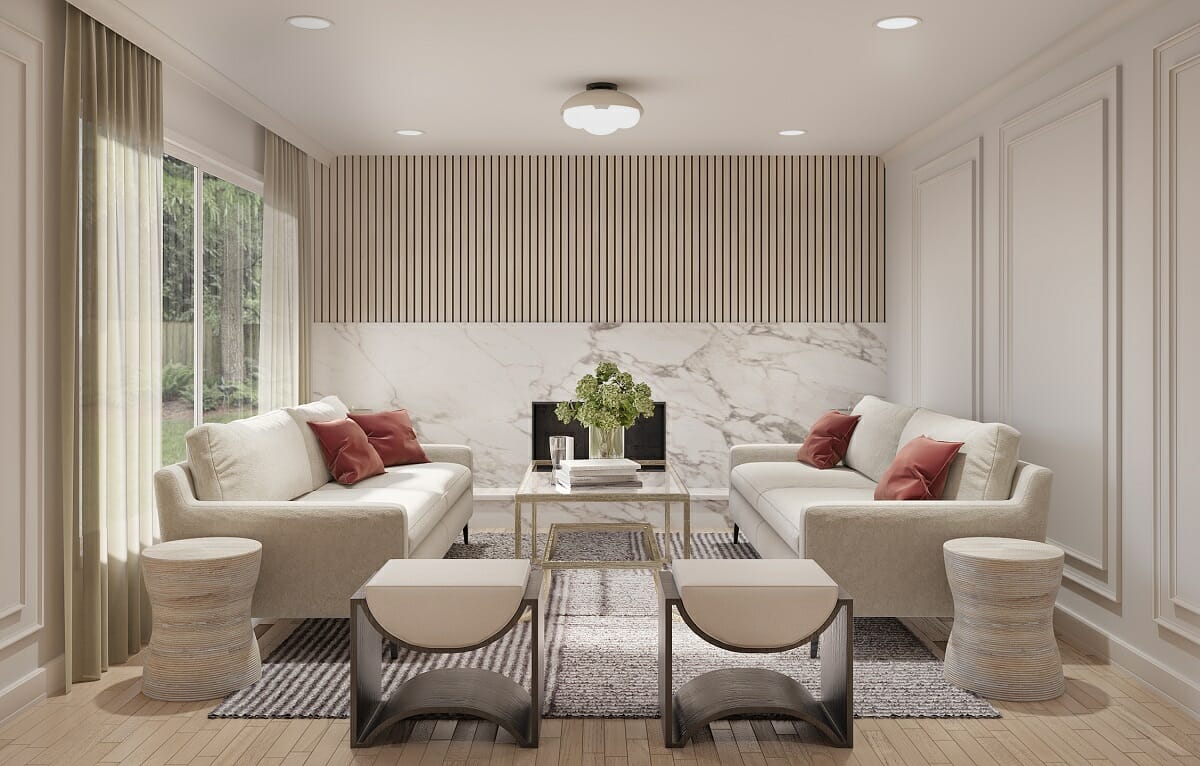
A room with a mirrored arrangement shows symmetrical balance. This setting also creates a formal atmosphere. Additionally, the echo of elements, like pattern and shape, can increase feelings of stability and grandeur.
Asymmetrical Balance
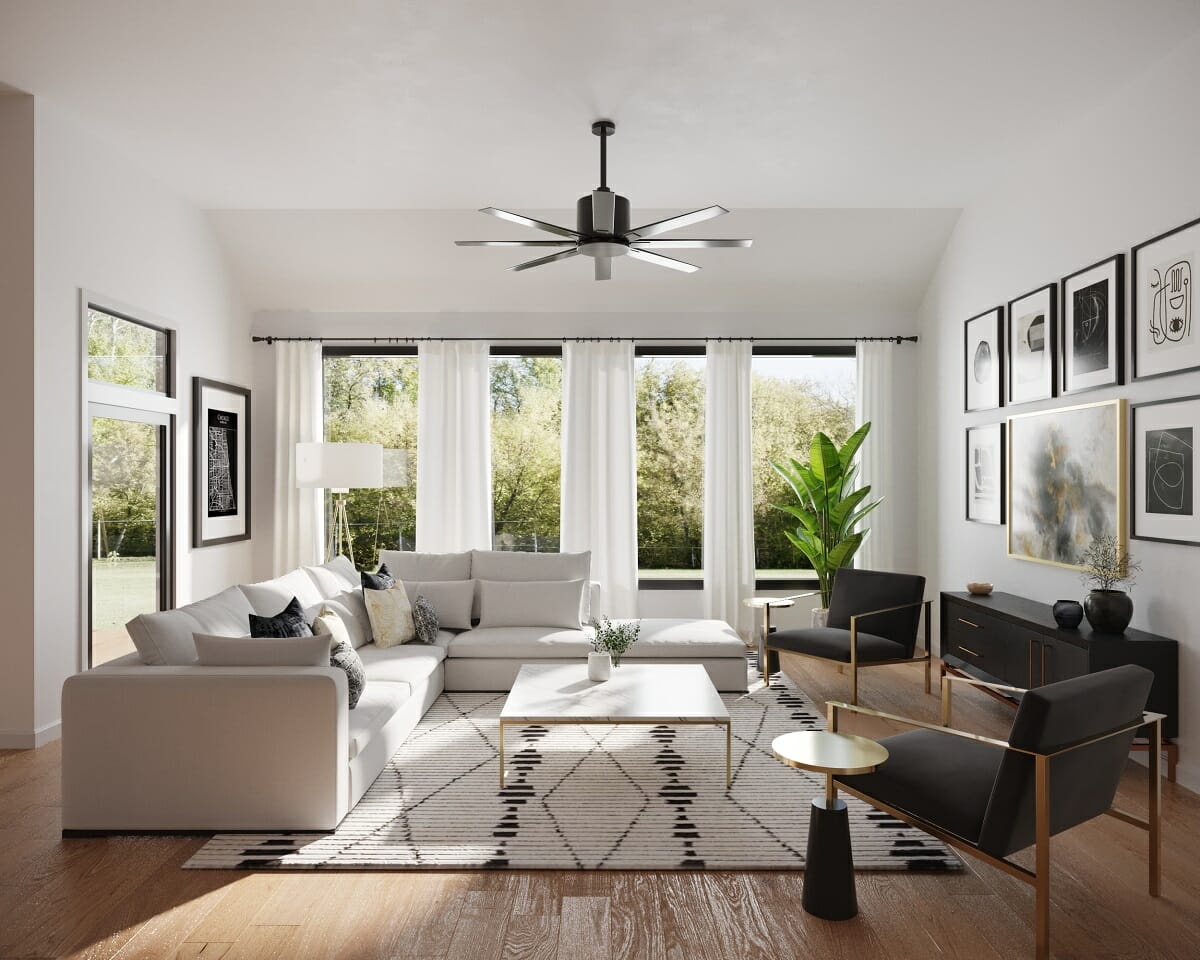
Instead of repeating objects, an asymmetrical setup relies on the visual weight of interior design elements. In other words, different items with the same perceived mass feature on opposite parts of a room. It results in an informal, balanced space.
Radial Balance
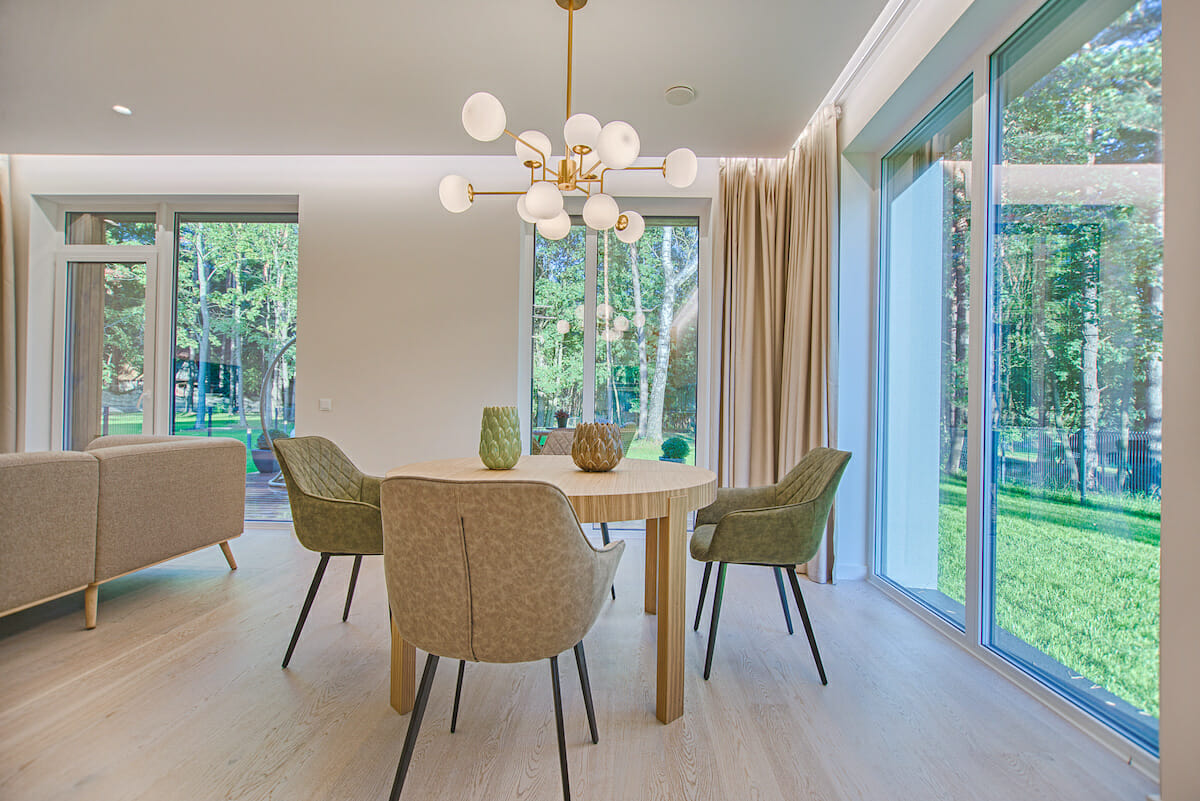
Radial balance refers to an arrangement set around a central point. In essence, décor and furniture radiate from an anchor point, like a round dining table or coffee table. Such a setting highlights the midpoint above all else.
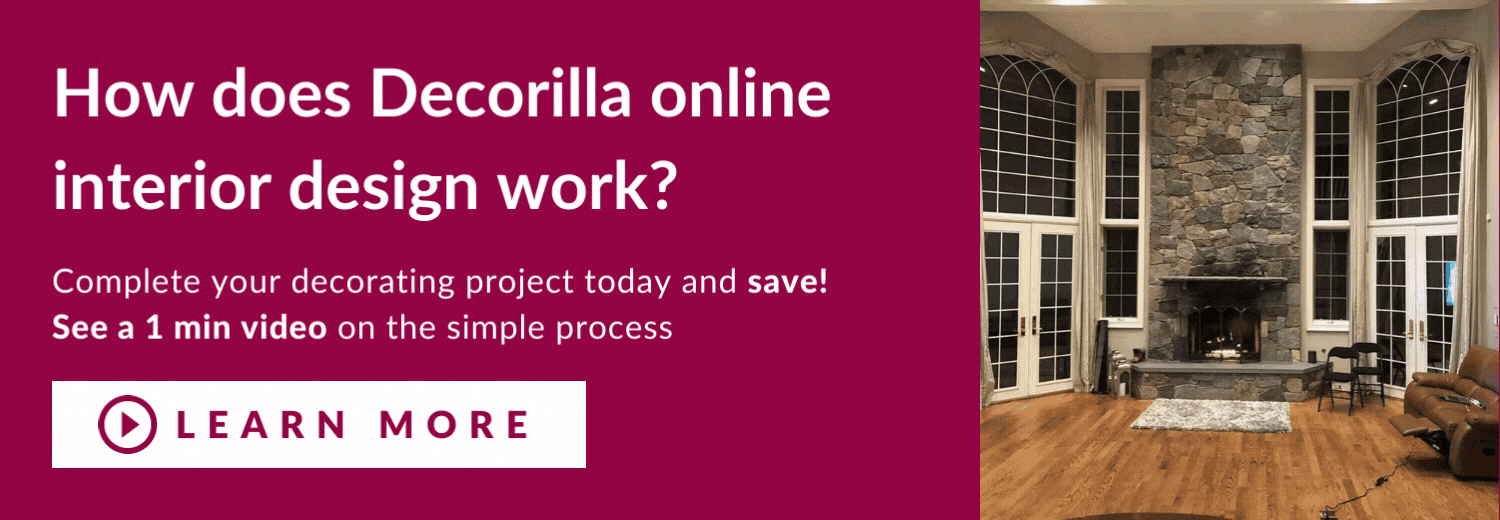
2. Rhythm & Repetition
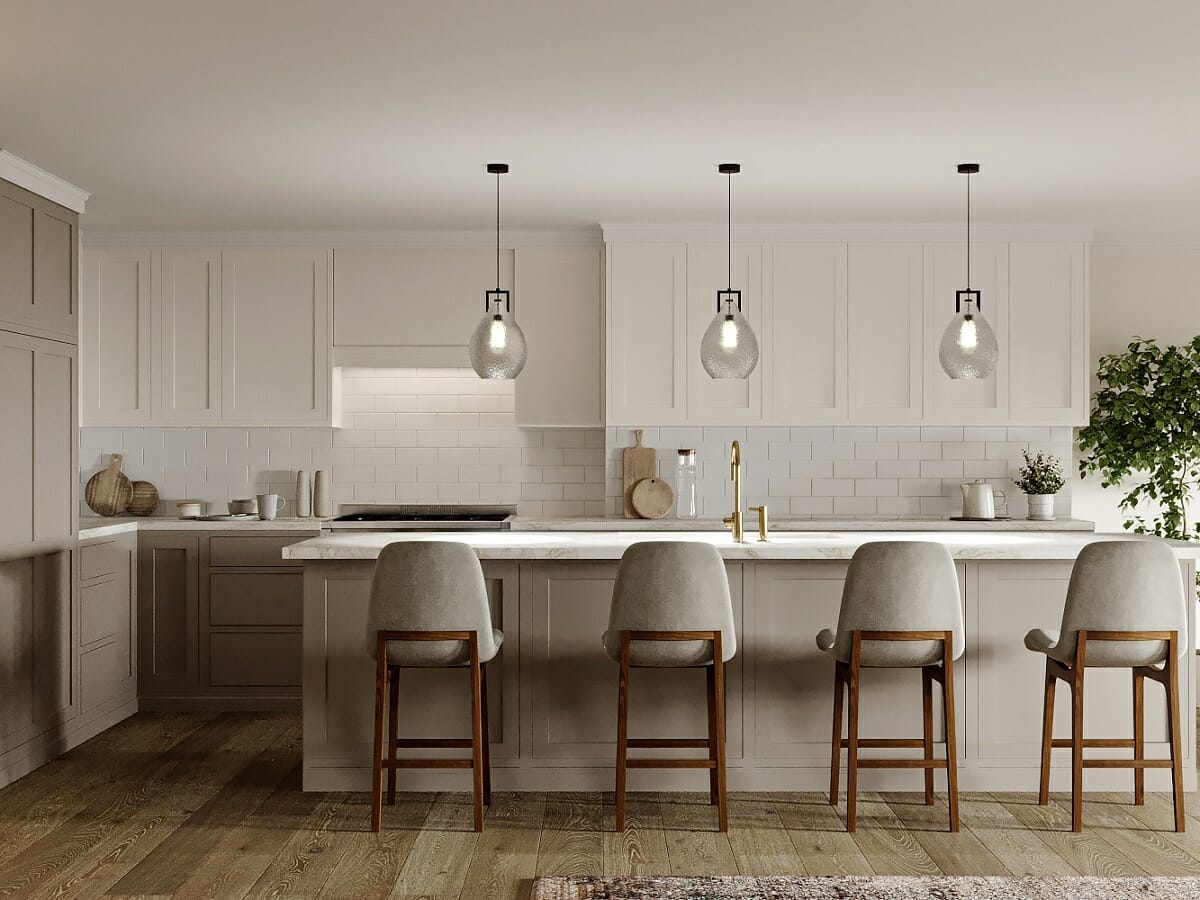
Repetition of visual elements, like line and color, can create rhythm. It’s a way for interior designers to lead our eyes from one item to the next. Plus, it can aid balance and affect our perception of the interior design scale.
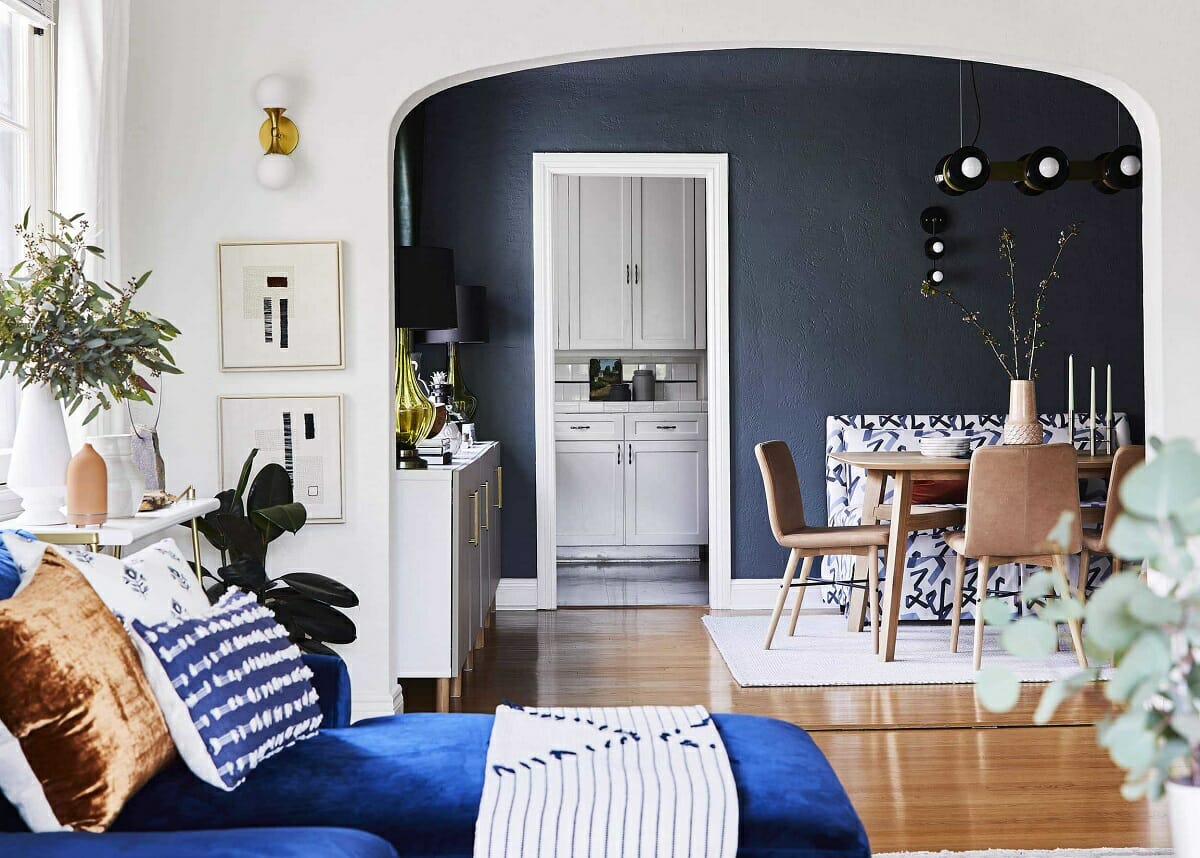
Take the repetition of color in an open plan dining room, for instance. A navy wall and blue patterned-upholstered dining bench can pick up the sapphire hue from the lounge sofa, creating a flow. The repeated elements connect the design narrative. An interior designer can create an upbeat or steady rhythm through repetition.
3. Emphasis
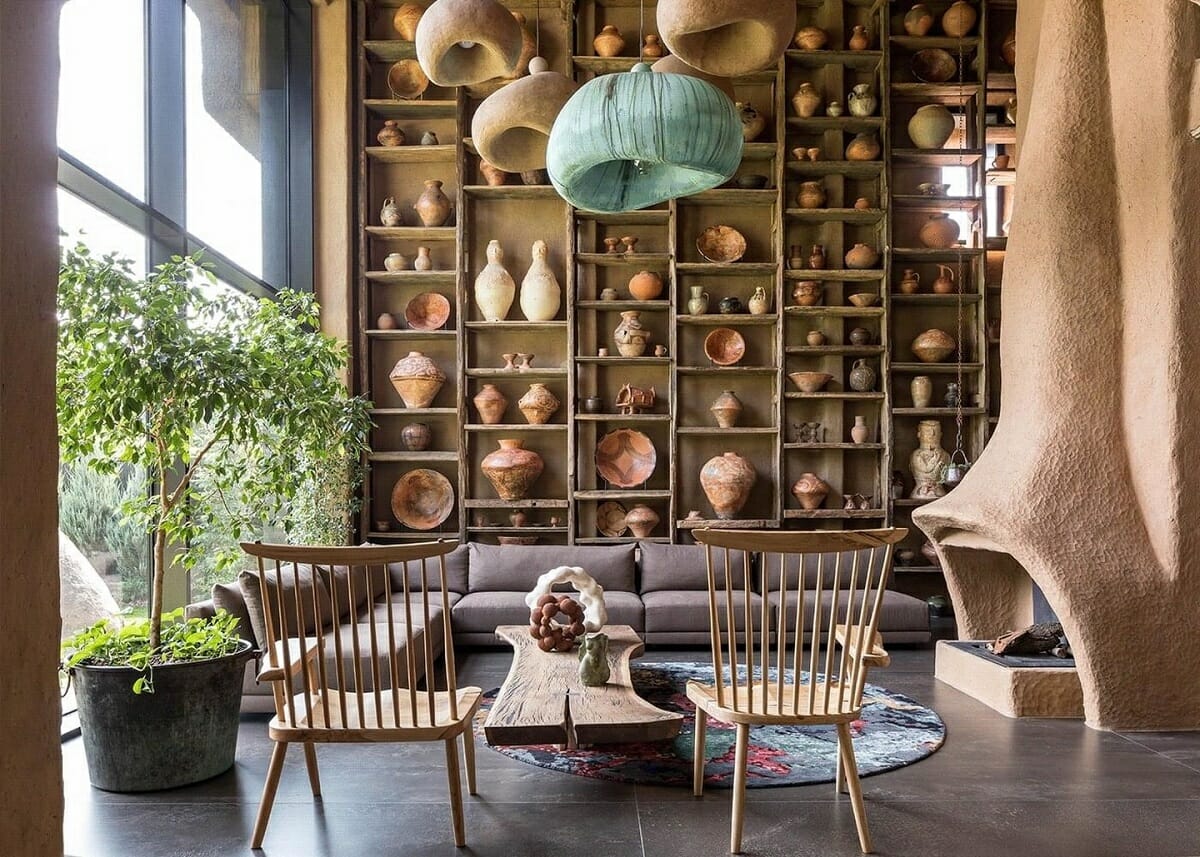
A focal point or feature is a well-known concept. It highlights one aspect of a design above all others. In doing so, emphasis forms a central point of attraction. It’s one of the interior design principles that adds drama and intrigue to a space. As the feature will have undeniable magnetism, its placement is paramount.
4. Proportion & Scale
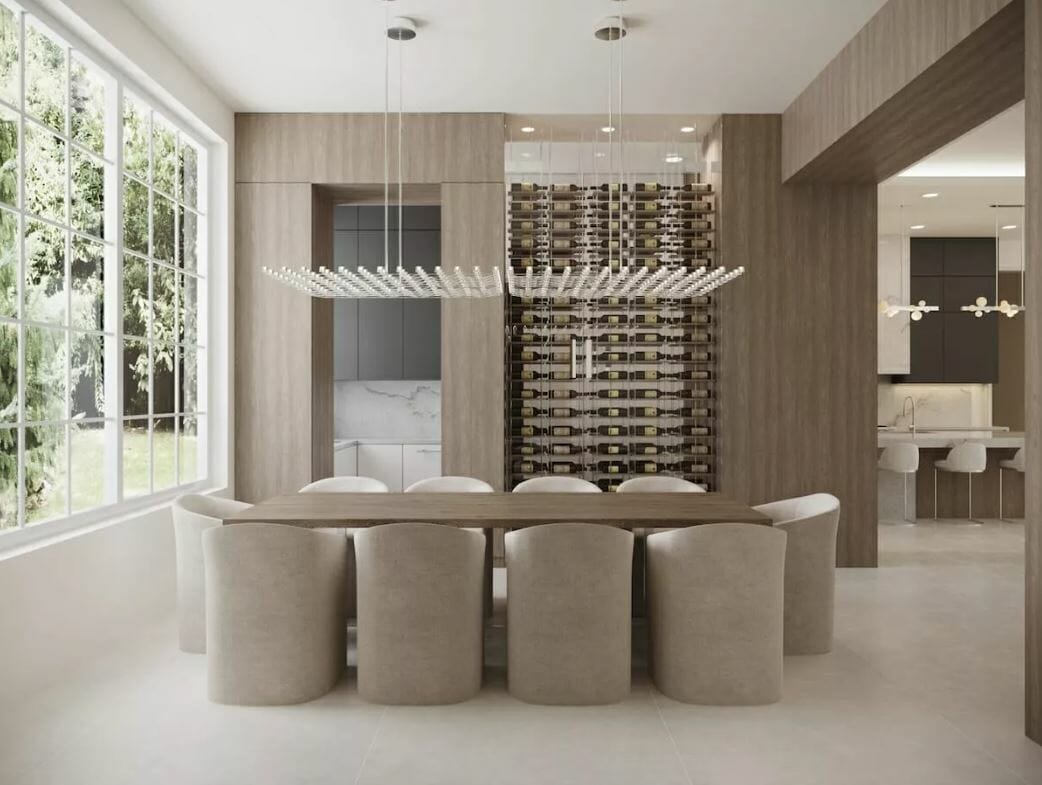
In design, size matters. Whether big or small, interior elements impact each other as well as the entire room. How something looks, feels, and interacts in a space depends on its scale and proportion in the given interior design. Negative space – the empty space between elements – also plays a part in the perception of scale and proportion.
Interior Design Proportion
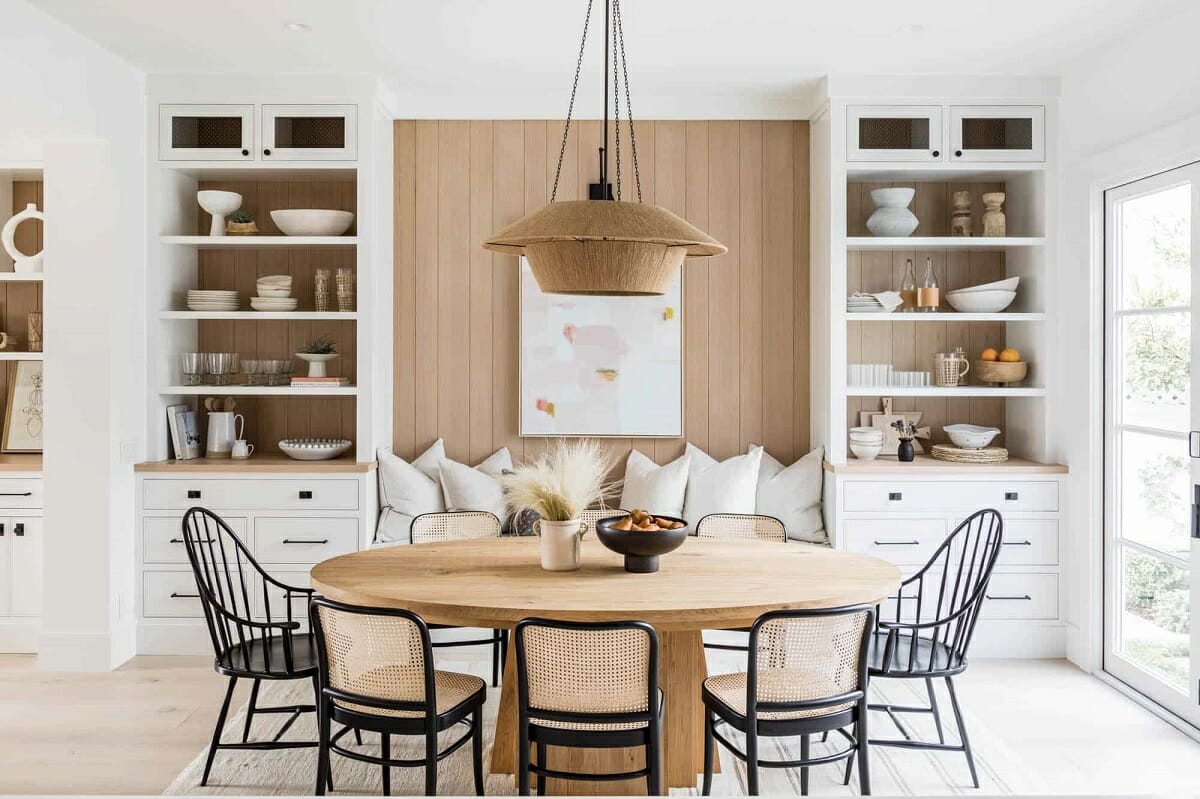
Proportion in interior design refers to the relationship between elements. It’s also intrinsically linked to the size and scale of objects. Good ratios lead to a comfortable and functional setting, while the opposite feels odd and awkward. Dining chairs, for instance, must be proportionate to the dining table – not towering over or cowering beneath it. Similarly, an aesthetically pleasing design relies on its ideal proportions. This ideal comes from the Golden Ratio – a mathematical ratio commonly seen in nature.
Interior Design Scale
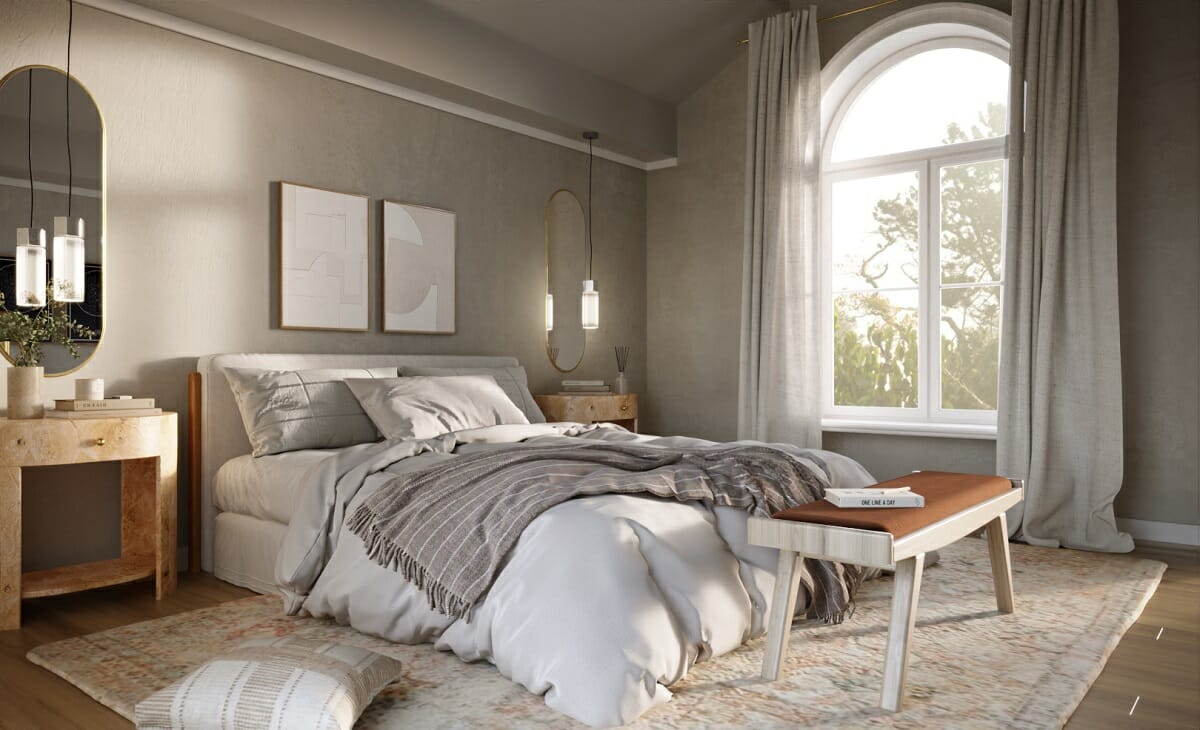
Scale comes down to the size and visual weight of one object in regard to another – be it the room’s dimensions or other furniture and décor. Designers can achieve different results by playing with scale. For instance, they can make a medium-sized room feel palatial by using floor-to-ceiling curtains that puddle on the floor.
5. Contrast
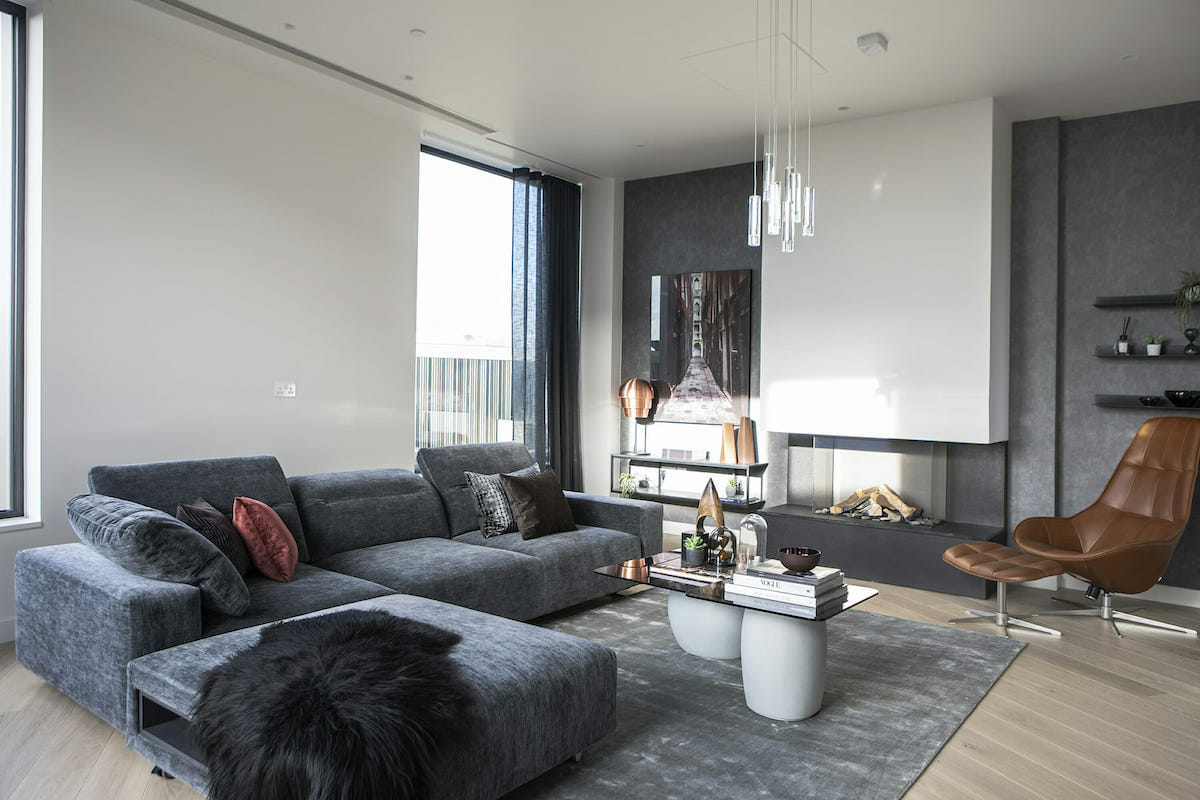
Contrast is certainly the interior design principle that brings the most intensity. In any setting, juxtaposing elements is simply magnetizing. Humans can’t help but notice a stark difference. You can create contrast through the various interior design elements. Color, pattern, and shape are among the most noticeable, but others, like texture, can be just as effective.
6. Details
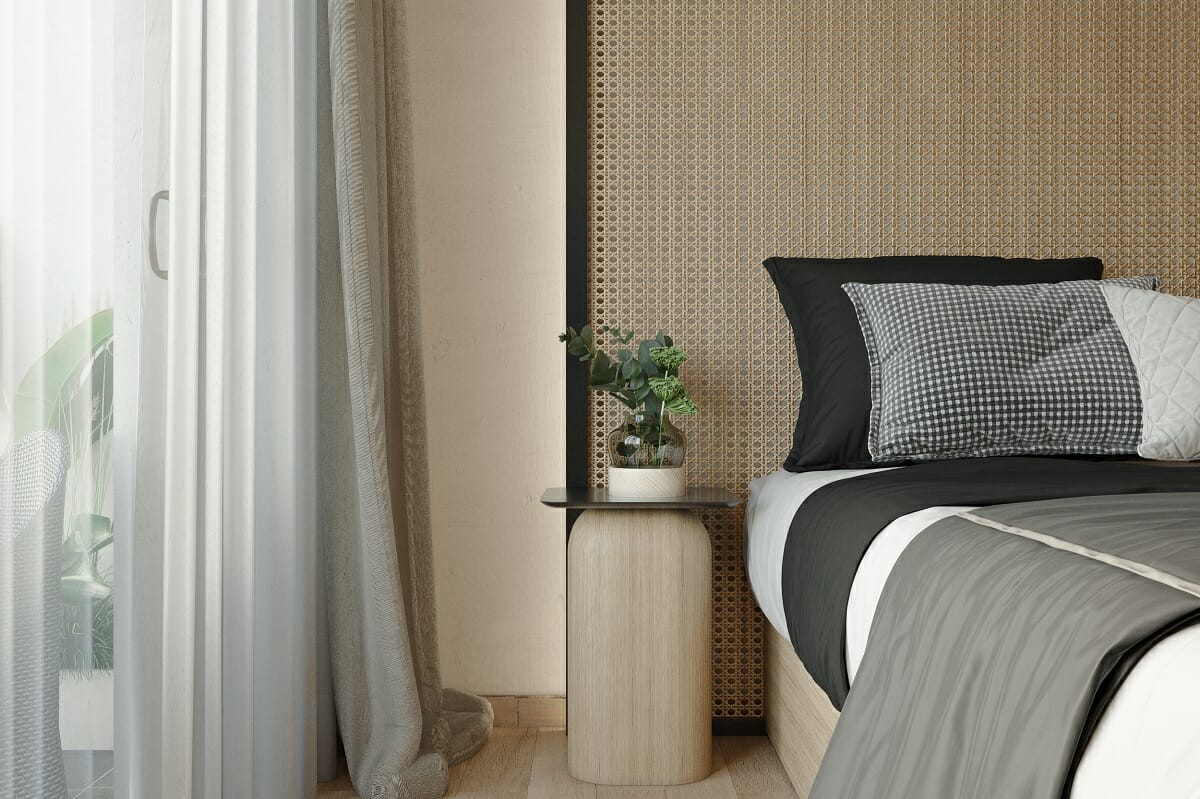
Small things are significant. In fact, finishing touches can be the difference between bland and brilliant design. That’s why considering the entire space when decorating is critical. This design aspect also ties in with others, most notably rhythm and repetition.
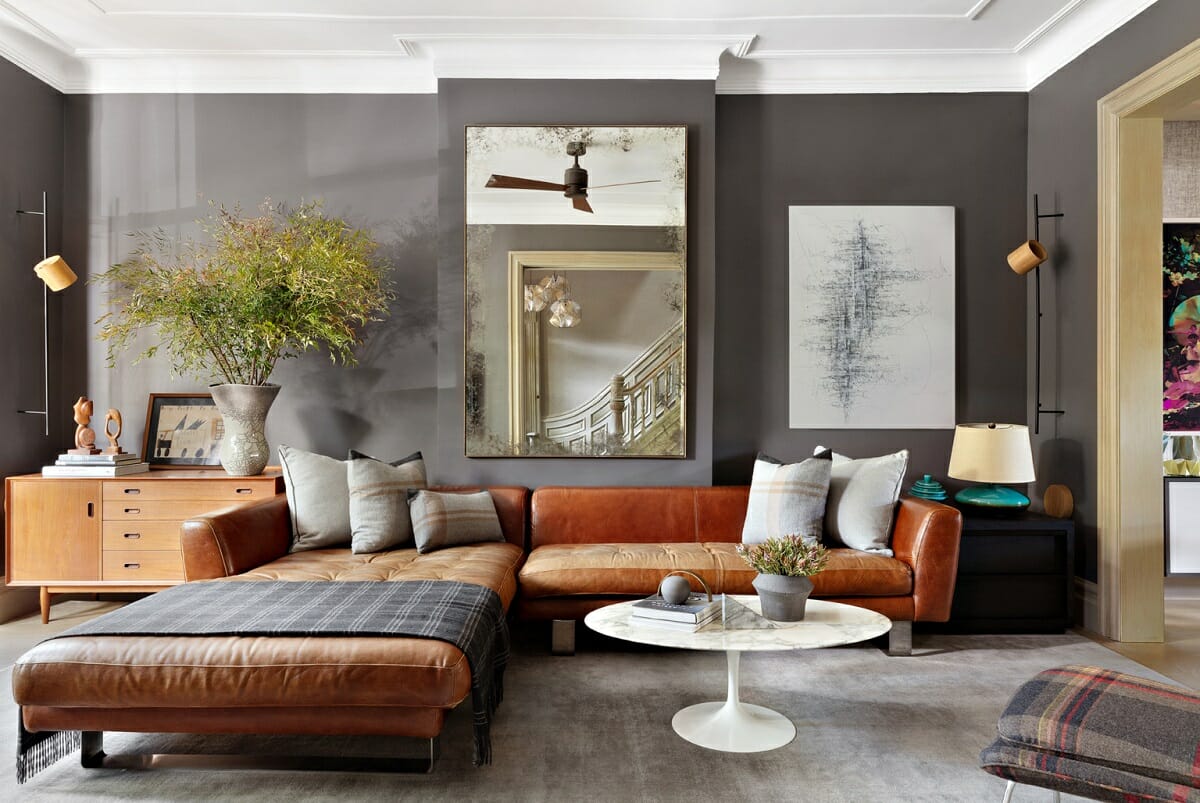
Additional pieces should complement existing textures, color schemes, and forms. One way to ensure they add value to the room is to pick items that repeat textures or hues already in the interior. A fluffy scatter pillow, for instance, is a good match for a shaggy rug.
7. Harmony & Unity in Interior Design
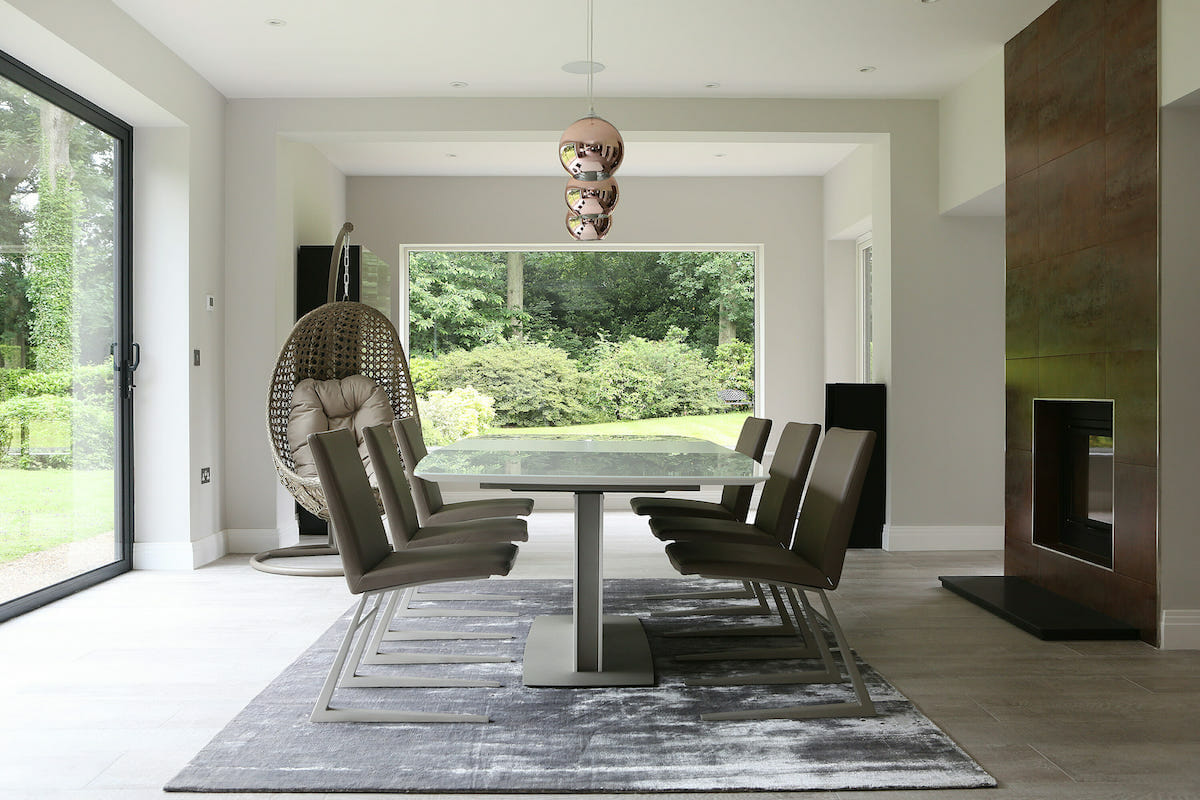
Before achieving harmony, there must be unity in the interior design. Unity comes about when you mix similar or complementing elements. They are connected in some way. The similarity helps us understand a design‘s function, style, and ambiance.
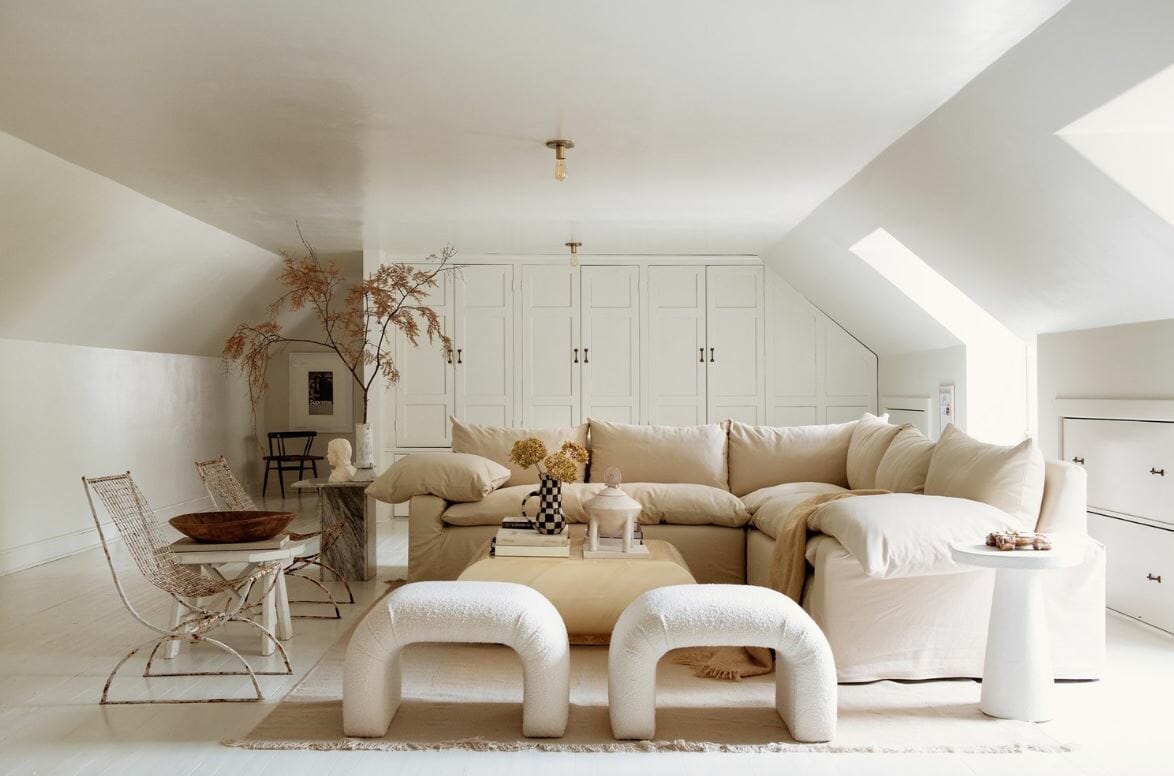
Ultimately, harmony in interior design is every designer’s goal. A space is harmonious when all elements and principles interlink to form a cohesive, sensible whole. Yet, it’s more than that. Harmony is like a novel or melody. It can create a sense that the elements belong together, like words or music notes that form a narrative or song.
Ensure Harmony in Your Interior Design with Decorilla
Understanding interior design principles go a long way in creating ethereal spaces. Fortunately, that’s what the experts are for! So, if you need help with your home or office – schedule a Free Interior Design Consultation today!
[images: 1, 2, 3, 4, 5, 6, 7, 8, 9, 10, 11, 12, 13, 14, 15, 16, 17, 18, 19, 20, 21]









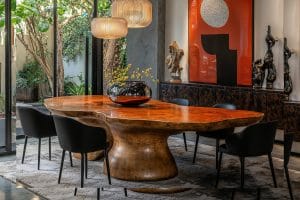
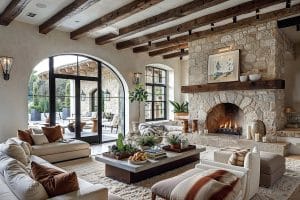
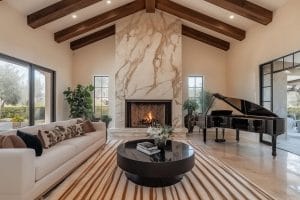
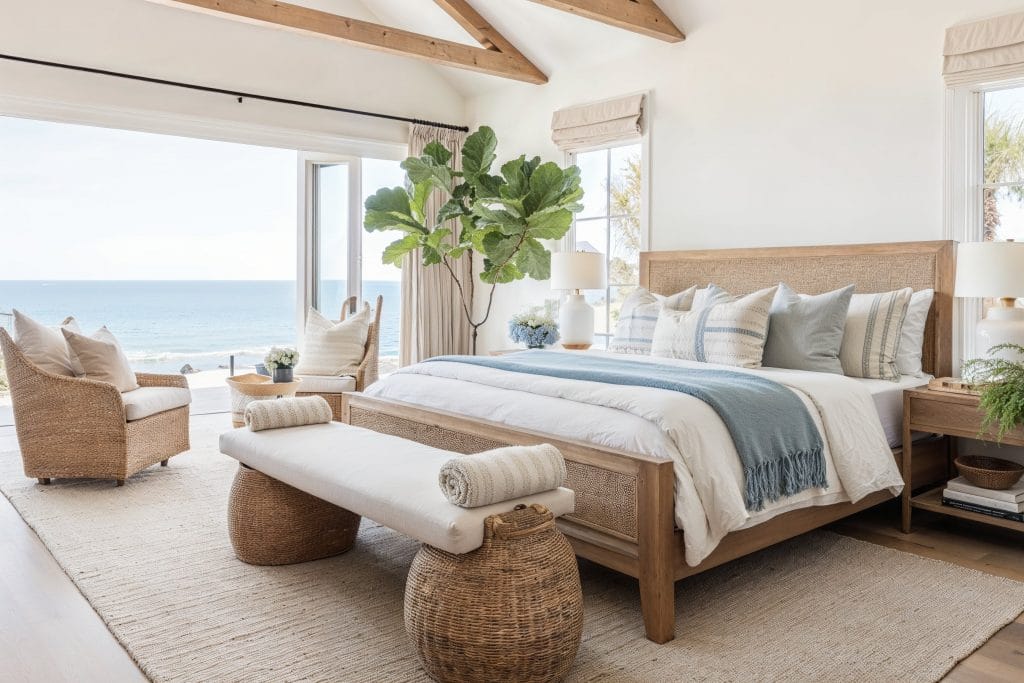
Comments